The following questions and answers explore everyday practicalities and doubts about the COVID-19 pandemic, using the latest available scientific research. The Spanish newsroom Civio wrote them for readers in Spain and have translated and adapted them for a wider audience.
What about masks? Should I wear one? What type?
Last updated 14 April: Recommendations on masks have changed in the last few days. First the United States and then the European Union began recommending that the general population use masks in situations where it is harder to maintain physical distances, such as on public transport.
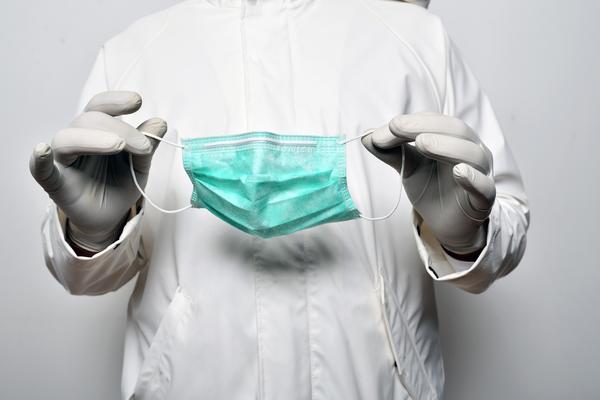
Leo2014 | Pixabay
In Spain, surgical masks and filter masks are for the exclusive use of medical staff due to shortages. Spanish security forces are distributing reusable masks for the general population. The Ministry of Industry has also published a guide to making cloth masks at home.
The change in criteria is due to observations of the role played by asymptomatic carriers. They may have infected other people without knowing it. Masks help protect other people, not just the wearer. But masks are a complementary measure in addition to maintaining a safe distance from other people, cleaning high-contact surfaces with bleach diluted in water and frequent handwashing with soap or an alcohol-based disinfectant. Used the wrong way, masks can create a false sense of security and promote transmission of the virus.
For how long is SARS-CoV-2 dangerous on my shopping bag?
Last updated March 20: Initial studies suggest that the main means of transmission is from person to person, at least one report claims to have detected indirect transmission via surfaces and materials. Viruses can only multiply in the cells of living things and do not remain intact for long on their own. But data on how just how long SARS-CoV-2 remains infectious on different types of surfaces are limited.
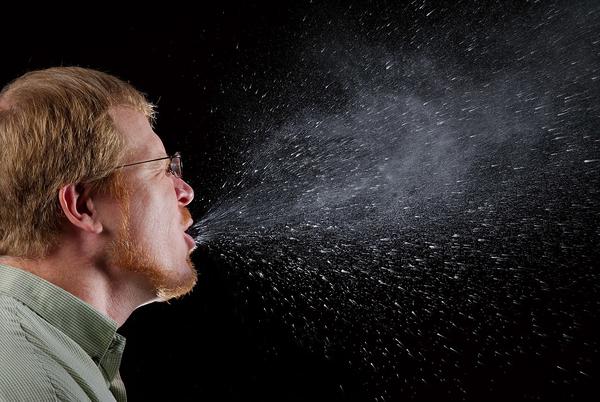
CDC | Wikipedia
A study in the New England Journal of Medicine detected SARS-CoV-2 in particles suspended in the air up to three hours after the initial contamination. The same study detected the virus on copper four hours after application (copper is present in alloy form in some euro coins ). It detected SARS-CoV-2 on cardboard 24 hours after application and on stainless steel and plastic between two and three days after application. That said, the study was preliminary, and its conclusions may soon be overturned by new, more robust research.
Still, it makes sense to follow good hygiene practices recommended by authorities such as frequent hand washing, sneezing or coughing into your elbow or a disposable handkerchief and throwing it away immediately, and remaining one or two metres away from other people. If you think that a surface may be contaminated, clean it with a household disinfectant. Then wash your hands with soap and water or with an alcohol-based disinfectant.
How should I do my laundry to prevent SARS-CoV-2 transmission?
Last updated March 23: Research does not provide solid evidence on the temperature range within which SARS-CoV-2 remains infectious. A similar virus, SARS-CoV, may persist for several days at an ambient temperature of 20ºC on different surfaces, according to the European Centre for Disease Prevention and Control (ECDC). Public health experts have made the following health and safety recommendations : healthy people and those without symptoms should wash their clothes in washing machines at the highest possible temperature recommended by the clothing manufacturer and let it dry completely before use.

Phio | Pixabay
People with symptoms or who have been tested positive for SARS-CoV-2 or live with someone who has must take further precautions. The ECDC offers the following tips (PDF ): First, wear disposable gloves and a surgical mask during cleaning. Afterward, wash your hands with soap and water or an alcohol-based disinfectant. Do not shake out the affected person’s clothing. Put it in a dedicated bag or container to prevent contamination. Wash the affected person’s clothes with their usual detergent at high temperatures (ideally 90ºC) and allow them to dry completely. If high temperature washing is not possible, use bleach or a similar textile disinfectant. Finally, clean high-contact surfaces with water and bleach (20 ml of household bleach diluted in 1 litre of water).
Can my stress and anxiety about the pandemic make me more vulnerable to it?
Last updated March 26: Stress can affect our immune system since it releases cortisol, an immunosuppressive hormone, says immunologist Margarita del Val at the Severo Ochoa Centre for Molecular Biology (CSIC-UAM).
Del Val recommends exercise, frequent calls with your loved ones, and doing work, whether your old job or something new if necessary
“The other side of the coin are immune-boosting hormones (endorphins) that are released in satisfying situations such as sport, sexual activity, work, and social life,” she says.Del Val recommends exercise, frequent calls with your loved ones, and doing work, whether your old job or something new if necessary, to give yourself as many avenues as possible for satisfaction.
What are asymptomatic carriers and how long can they transmit the virus?
Last updated March 24: There are people who can appear healthy and do not show symptoms such as fevers or cough despite being infected with SARS-CoV-2. This can occur in recently exposed individuals who later develop COVID-19 symptoms. It can also occur in infected people who never show symptoms. These people are called asymptomatic carriers.
The scientific evidence on asymptomatic carriers is limited. Some early studies (here , here , here , and here ) and prominent experts such as United States National Institutes of Health (NIH) infectious disease head Anthony Fauci suggested that asymptomatic carriers may be an important part of why this pandemic has spread so far so fast. At least one of those studies has already attracted criticism .
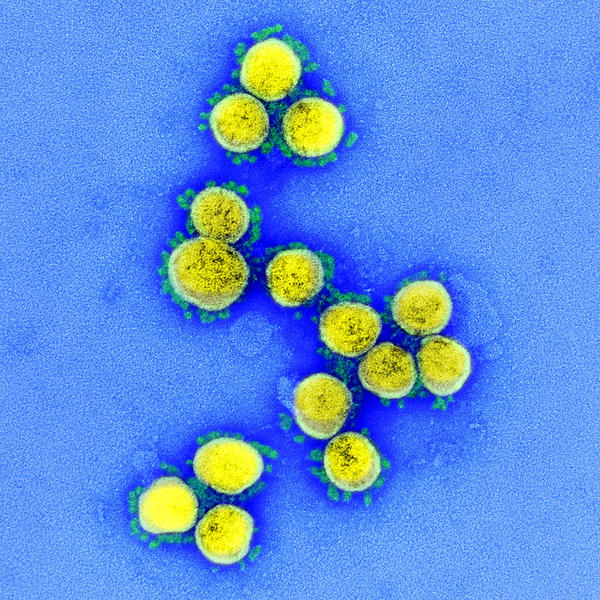
NIAID | Flickr
Some labs use polymerase chain reaction (PCR) to detect the amount of SARS-CoV-2 genetic material in patients, which is called the ‘viral load’. But early studies (here and here ) have drawn different conclusions about whether the viral load affects transmission. Still, the ECDC recommends that hospitals wishing to discharge patients wait 14 days before testing, to avoid releasing people who still have a detectable viral load after their symptoms subside.
One of the problems, according to microbiologist Guillermo Quindós, of the University of the Basque Country, is that we do not have conclusive data on the infectious dose of this new SARS-CoV-2 coronavirus. The PCR test detects the coronavirus genome in a given person, but it cannot determine whether the coronavirus is capable of spreading to someone else. That would requires using cell cultures, which take more time. In short, we know that asymptomatic carriers exist, but we know very little about their role in the pandemic.
I have asthma. Am I at risk?
Last updated March 27: First, the information we offer is no substitute for the advice of a health professional. The World Health Organization says that SARS-CoV-2 can infect people of all ages and health conditions but both it and the United States Centers for Disease Control and Prevention (CDC) state that people with asthma are one of the risk groups. In other words, they can be more vulnerable to infection by the coronavirus. Currently, there is no very solid scientific evidence on the relationship between the coronavirus and asthma, so it is essential to take precautions and follow official recommendations for hygiene and cleaning and, if possible, working from home. If you have a health problem, we recommend that you consult your doctor or call your health information or emergency services.
How does coronavirus affect the kidneys?
Last updated March 27: Some studies indicate that some people with COVID-19 develop kidney problems (Nature Reviews Nephrology ). The Journal of the Spanish Society of Nephrology reported kidney damage in people infected with coronavirus and other studies mention problems such as abnormal amounts of protein or blood in urine. The latest technical report from the Spanish Ministry of Health lists a series of respiratory symptoms as the most prominent symptoms of COVID-19 but it neither mentions nor rules out renal issues.
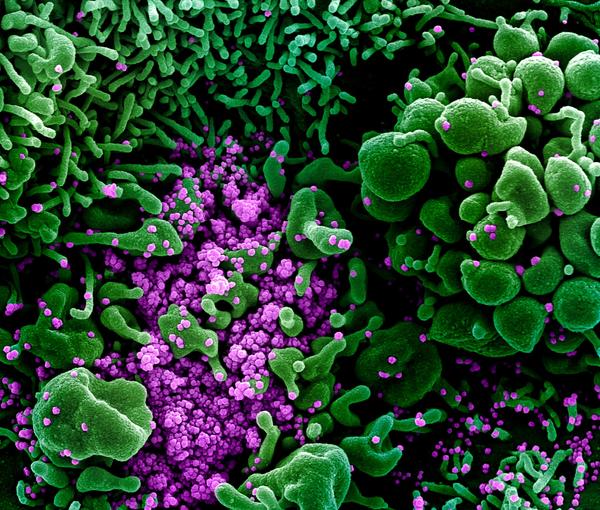
NIAID | Flickr
We do not know if the virus infects kidney cells or if the problems are an indirect response to the inflammation in the body as a whole. Some studies have found genetic material of the virus (RNA) in the urine of a limited number of patients. This suggests that the coronavirus could be directly attacking the kidney, but it is not definitive proof. The study sample was small and, in any case, the genetic material found was just components of the virus and we do not know if the virus that reached the kidneys was still infectious.
Finally, the SARS-CoV-2 virus closely resembles the coronavirus that caused the SARS outbreak between 2002 and 2003, which caused some patients to suffer acute renal failure and a worse prognosis. These problems seemed to be due more to a multi-organ failure than to the virus infecting those cells. We do not yet know if this also occurs with SARS-CoV-2, so we need more research.
Does the virus travel through the air? Can I leave my windows open?
Last updated April 2: According to the World Health Organization , the most common mode of transmission of SARS-CoV-2 is from person to person, through the droplets expelled when people speak, cough or sneeze. That is why social distancing is fundamental, as are frequent handwashing, coughing or sneezing into your elbow, and not touching your eyes, face or mouth. Viral genetic material has also been found in the faeces of patients, but faecal transmission is not yet proven.

Axel Hartmann | Flickr
Some research also suggests that there could be some cases of contagion from people after touching surfaces contaminated by the virus. Although there is no totally solid evidence, various studies suggest that the virus could remain infectious from a few hours to up to three days on different surfaces and materials, such as plastic, cardboard, stainless steel or copper. Experts recommend cleaning high-contact surfaces with bleach diluted in water.
Unless someone is breathing, talking, coughing or sneezing right outside your window, the virus shouldn’t be able to come in. In fact, the United States CDC advises opening windows to ventilate rooms. In other words, yes, you can open your windows and let the air through, since there is no evidence that it could pose a risk of contagion.
I have high blood pressure. Am I at risk?
Last updated March 23: First, the information we offer is no substitute for the advice of a health professional. The World Health Organization says that SARS-CoV-2 can infect people of all ages and health conditions. But people with any heart-related problem exposed to SARS-CoV-2, “will be in a worse position [than a healthy person] to neutralise the virus,” says cardiologist and vice president of the Spanish Heart Foundation (FEC) José Luis Palma.
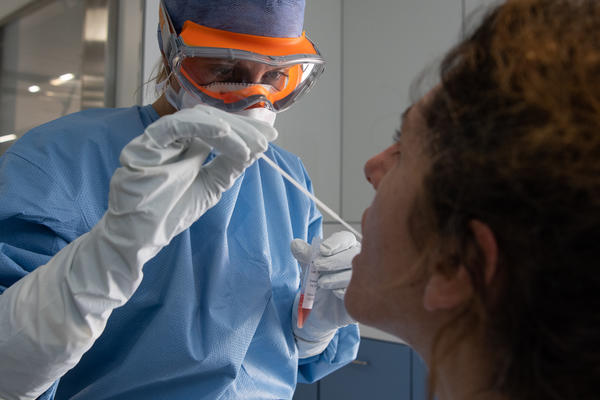
Hospital Clínic | Flickr
In addition, older people or those with pre-existing conditions may be more vulnerable to infection, although there are cases of young people or people without health problems who have suffered serious complications. For people with cardiovascular problems also infected by SARS-CoV-2, Palma says, “the chances of suffering the disease in its most serious form will be higher.” “Hypertensive patients are more predisposed to COVID-19 infection and its worse evolution, although it is not fully confirmed,” Palma adds.
On the other hand, some health workers have discussed whether antihypertensive drugs could be a risk factor for coronavirus patients. Palma says that “these suspicions have not yet been established with certainty,” according to Spanish Agency for Medicines and Health Products (AEMPS) criteria. AEMPS continues to recommend that doctors treat people with high blood pressure with angiotensin-converting enzyme inhibitors and angiotensin 2 AT1 receptor blockers. The European Society of Hypertension does not recommend changing treatment yet, either. If you have a health problem, we recommend that you consult your doctor or call the health information or emergency services.
How are the streets disinfected?
Last updated March 23: In Spain, the protocol established by the Ministry of Health specifies that sanitation workers clean streets and public spaces, especially near health centres, large supermarkets and food distribution centres and informal settlements using bleach (sodium hypochlorite) diluted in water. In other parts of the world, including Italy , similar protocols are also being applied to disinfect streets with bleach diluted in water.
First published by Civio: [html].
Republished by the European Data Journalism Network: [html].